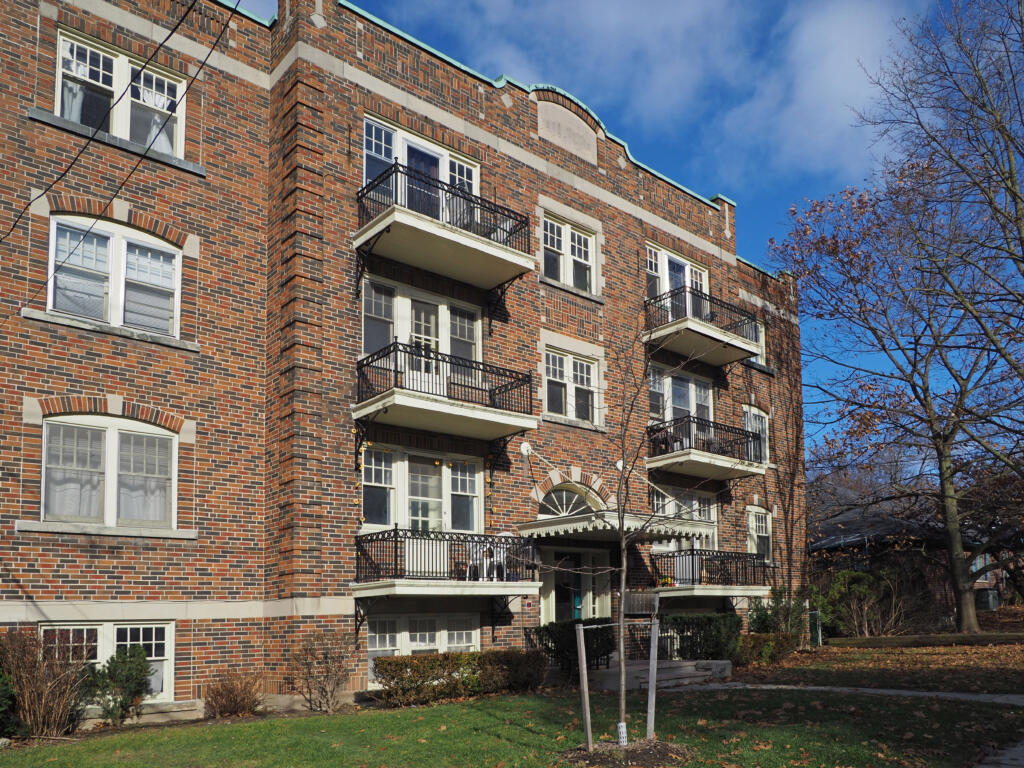
As part of its current shake up of the planning system, the government have introduced new ‘permitted development’ rights aimed at making it easier for owners of disused commercial buildings and small blocks of flats to demolish the obsolete structures and replace them with new blocks of flats or detached houses which may have up to two stories more than the building being demolished.
What are the new ‘permitted development’ rights?
The new rights came into effect on 31 August this year, and allow for the replacement of two types of existing building:
- Purpose-built, detached blocks of flats
- Single detached buildings which at 12 March 2020 fell within use classes B1(a), B1(b) or B1(c) (broadly speaking, this means offices, light industrial buildings, and those used for research and development).
There are, however, a number of limitations, the most important of which are that the old building in question:
- must have been constructed before 1990
- must have been unused for at least six months
- must not have a footprint exceeding 1,000m2 or a height exceeding 18m
- must not be within certain designated areas, such as a National Park, Area of Outstanding Natural Beauty or World Heritage Site, or any area where permitted development rights have been restricted or disapplied.
What are the other considerations?
The proposed new dwelling or block of flats will also be subject to restrictions on its footprint, height and the number of storeys it can contain. In addition, although full planning permission is not required, an application must still be made to the local planning authority for prior approval and consideration of various aspects of the proposed development, including the design of the new building and the impact on transport and highways.
What does this mean for developers?
These new permitted developments rights do go some way towards making it simpler for developers to replace derelict and obsolete commercial buildings and flats. However, the restrictions on when the new rights are available and the continuing need to make an application to the local planning authority (if only for ‘prior approval’) mean that developers will need to take care to ensure that the rights do in fact apply and that the correct process is followed, else they may leave themselves open to enforcement action.
This follows recent changes which allow owners of houses and blocks of flats to extend their properties by up to two stories and construct new dwellinghouses.
